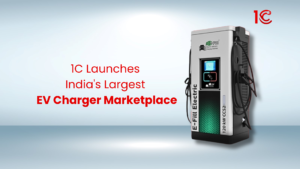
In a move that asserts India’s leadership in electric vehicle technology, the Bureau of Indian Standards (BIS) has approved the country’s first
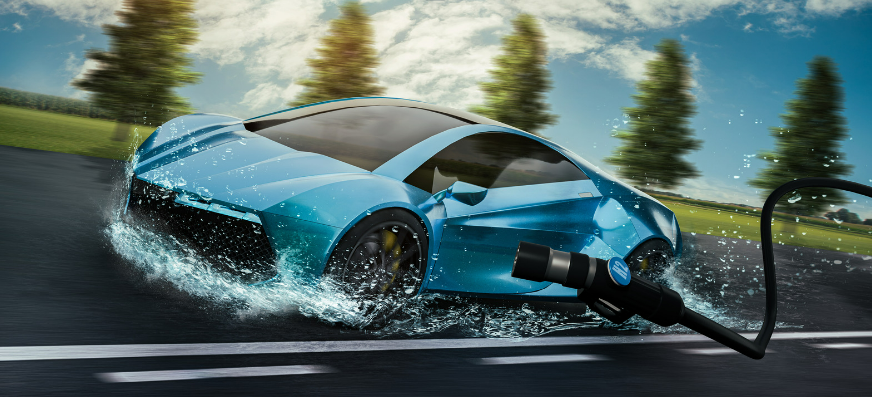
Hydrogen fuel cell vehicles represent a transformative approach to sustainable transportation in India. It is one of the types of electric vehicles, also known as hydrogen cars, and these vehicles use hydrogen gas as their primary fuel source by converting it into electricity through a chemical process within a fuel cell. This electricity powers an electric motor, propelling the vehicle with efficiency and performance. Hydrogen cars are known for their environmental friendliness, emitting only water vapour and warm air. As India strives to advance its technology for producing green hydrogen from renewable sources, these vehicles emerge as a promising solution for affordable and sustainable energy in the future.
A hydrogen fuel car, also known as a hydrogen fuel cell vehicle, works by using hydrogen gas as its main fuel. The car changes stored hydrogen into electricity through a chemical process in a fuel cell, which powers an electric motor for movement. These eco-friendly hydrogen cars release only water vapour and warm air. They are known for being efficient and powerful, outperforming traditional internal combustion engine vehicles.
India needs to advance its technology to produce green hydrogen from plant materials and renewable energy sources in order to have inexpensive, sustainable energy in the future.
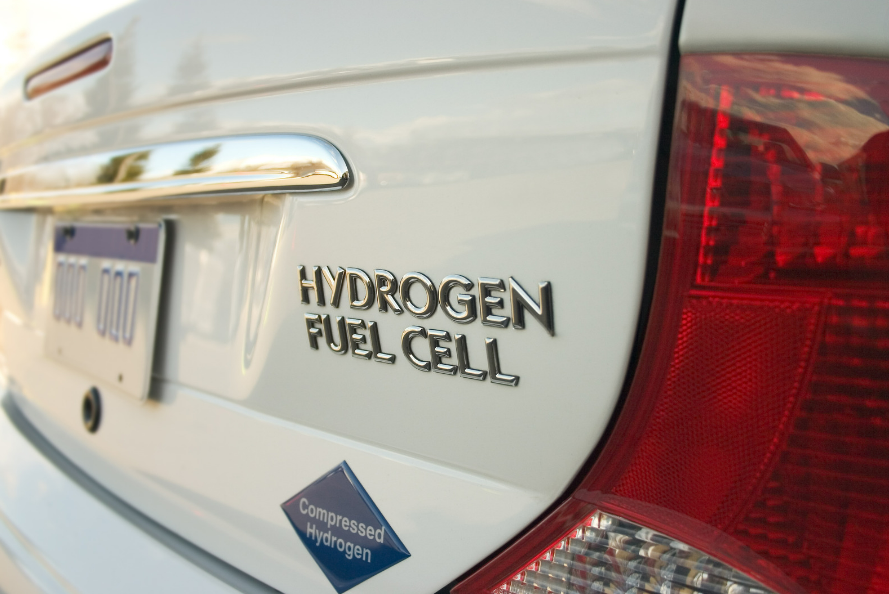
The benefits of hydrogen fuel cell vehicles include longer driving ranges than many existing electric vehicles, quicker refuelling periods than conventional gasoline vehicles, and the possibility of using renewable hydrogen sources for driving that produce no pollution.
However, there are challenges, including producing, transporting, and storing hydrogen, as well as the limited availability of hydrogen refuelling stations for these vehicles in India.
The working of a Hydrogen Fuel-Cell Vehicle can be understood by the steps given below:
The key components of Hydrogen powered cars are:
Feature | Hydrogen Fuel Cell Vehicle (FCV) | Electric Vehicle (EV) |
Power Source | Hydrogen gas converted to electricity in a fuel cell | Electricity stored in batteries |
Fueling/Charging | Refueled at hydrogen stations | Charged at electrical outlets or charging stations |
Range | Generally offers longer driving ranges | Ranges are increasing but may be comparatively shorter |
Refueling/Charging Time | Quick refuelling time (a few minutes) | Charging times vary, often longer than hydrogen refuelling |
Emissions | Emits only water vapor and warm air | Emissions-free at the tailpipe, contributing to cleaner air |
Infrastructure | Faces challenges in establishing widespread hydrogen infrastructure | The growing network of charging stations; infrastructure more established |
Energy Source | Hydrogen can be produced from various methods, including renewable sources | Depends on the electricity grid, which may include renewable and non-renewable sources |
Hydrogen fuel cell technology for vehicles is in the early stages in India, and it requires more research. It has gained attention as an alternative to electric vehicles for larger, long-distance travel. Companies like Tata Motors, Mahindra & Mahindra, and Ashok Leyland are exploring hydrogen cars, with collaborations with Toyota and Hyundai.
In 2024, there’s a predicted shift towards hydrogen in India. The National Green Hydrogen Mission aims to attract substantial investments for a 5 MMT/year hydrogen production capacity. Market projections suggest a $347.85 million hydrogen fuel cell vehicle market in India by 2029.
By 2030, 10,000–12,000 hydrogen-powered cars are expected, mainly for medium and heavy commercial vehicles. India’s car electrification is predicted to surpass China’s and the USA’s by 10-12%. The industry anticipates the introduction of green hydrogen-powered large vehicles on the road within the next 12 months.
Hydrogen fuel cell vehicles offer a promising shift towards sustainable transportation in India. While providing longer driving ranges and quick refuelling times, challenges such as limited infrastructure, energy-intensive production, and high initial costs persist. India is actively exploring these vehicles, with companies like Tata Motors leading the way. The National Green Hydrogen Mission aims for a substantial hydrogen production capacity by 2024. Predictions suggest a growing market, but overcoming challenges is crucial for a successful transition. The future holds promise with a potential shift towards green hydrogen-powered vehicles on Indian roads.
In a move that asserts India’s leadership in electric vehicle technology, the Bureau of Indian Standards (BIS) has approved the country’s first
Solar EV charging harnesses sunlight to power electric vehicles, reducing reliance on non-renewable sources and offering eco-friendly transportation.
Tata Nexon EV Facelift Price Reveal Tomorrow. What to Expect? Updated on Sept 13, 2023 | 5 min read [Sassy_Social_Share] We call
Electric vehicles use lithium-ion batteries, produce zero tailpipe emissions, but face challenges like limited charging, cost, and battery degradation.
Understand the cost of setting up an EV charging station in India. Learn about setup costs, operational expenses, and the future viability of the plan.
When an electric vehicle's battery hits 0%, it enters a low-power mode, causing reduced performance and eventually complete shutdown, requiring assistance.
Electric vehicles are a great choice for travelling in the city. They are cost-effective, easy to operate, and good for the environment
How to Reduce EV Range Anxiety and EV Charging Anxiety? Shreya Agrawal Updated on Mar 14, 2024 | 3.5 min read Share

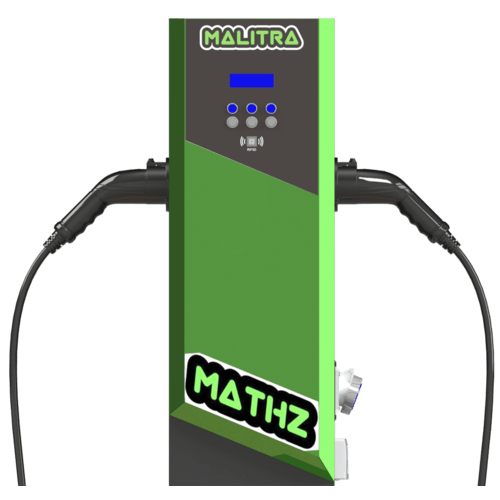

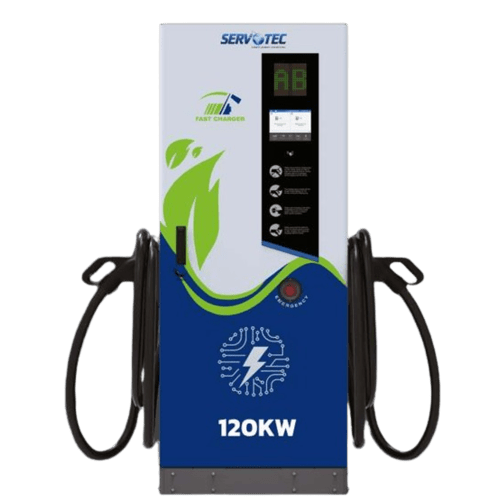
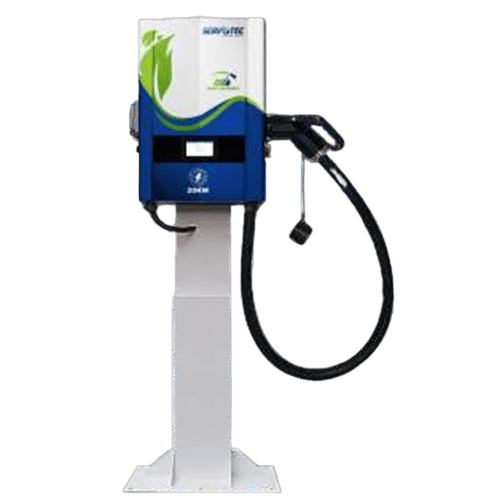
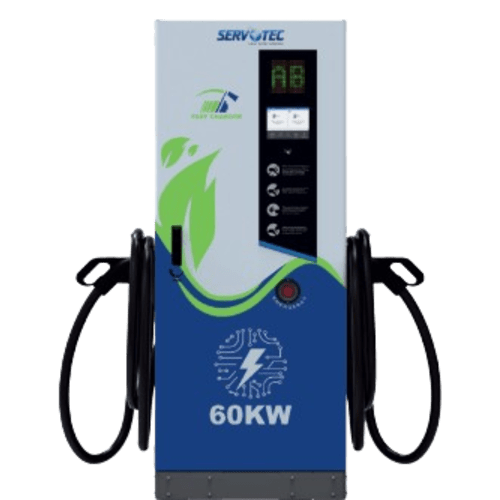
© 2024 Massive Mobility Private Limited. All rights Reserved